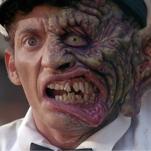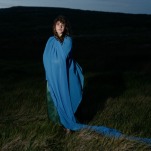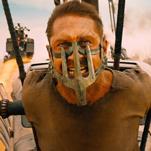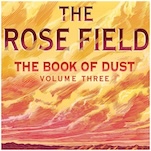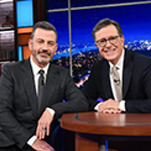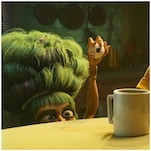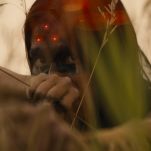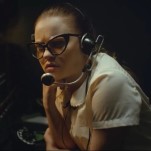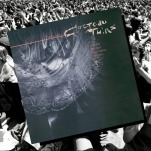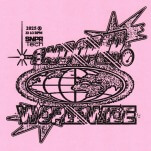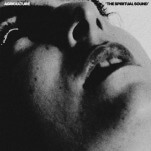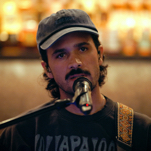Dior and I
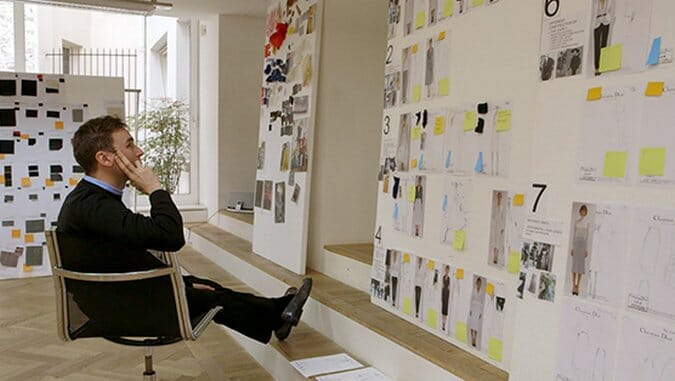
In 1956, French designer Christian Dior wrote a memoir detailing his life and the first ten years of his iconic fashion house. The luxury brand lost its founder just a year later when Dior passed away at the age of 52. Subsequently, the House Of Dior has had six creative directors, including the legendary Yves Saint Laurent. Dior and I chronicles the beleaguered process of latest leader, Belgian designer Raf Simons, as he struggles to both prove himself in the long shadow of everything to come before, and debut his first Dior collection.
When Simons was selected to take over in 2012, he was a relative unknown. A former menswear designer for Jil Sander, he favors a minimalist approach to clothing, making him far from the most obvious choice for the role of visionary behind the historically lavish fashion house. Director Fr?d?ric Tcheng—who, in previously working on Valentino: The Last Emperor and co-directing Diana Vreeland: The Eye Has To Travel, has seemingly emerged fully formed as the ideal person to capture the mood and character of this designer at a pivotal point in his career—used a small crew to follow Simons for his first three months on the job, intimately embedded with a stranger, an amateur in the world of Haute Couture.
After Dior’s previous creative director, John Galliano, was fired over an anti-Semitic rant (caught on camera of course), Simons came on board with a mere eight weeks to oversee his first couture collection. The film’s focus is within the whirlwind of this short period of time, as Simons takes risks with bold, custom-made fabrics based on abstract art and heavily intricate concepts, depending desperately on a team of experienced seamstresses overseen by Florence Chehet and Monique Bailly, two women who have spent decades making Dior’s collections come to life. Predictably, conflict is frequent, buttressed by many, many hours of overtime work and their resentment toward an outsider who came to them only with the experience of designing ready-to-wear collections. Like in any industry, superstition and tradition abide: Some workers (some more bitterly than others) believe Dior’s ghost still checks in on their work—that he is always at the heart of the company, no matter who is in charge.
Dior and I expertly observes all aspects of Simons’ stressful transition, especially in the minutiae of being both an artist and a manager. Throughout the film, Simons is never far from his right-hand man, Pieter Mulier, and at times the pair slip into “good cop/bad cop” roles when dealing with the staff. This makes sense, because it allows Simons to remain somewhat insulated from any internal criticism as he continues to tweak the collection under duress, though his staff can’t help but have to compensate for the difficulty that insulation places on their own roles.
-

-

-

-

-

-

-

-

-

-

-

-

-

-

-

-

-

-

-

-

-

-

-

-

-

-

-

-

-

-

-

-

-

-

-

-

-

-

-

-

